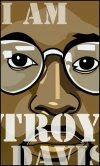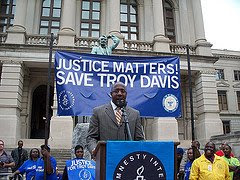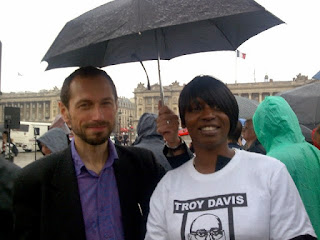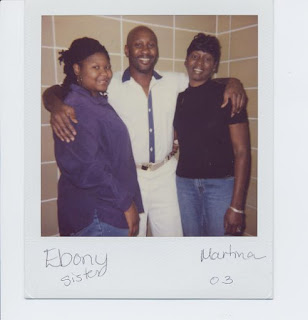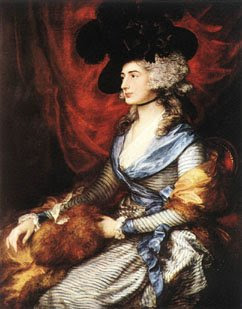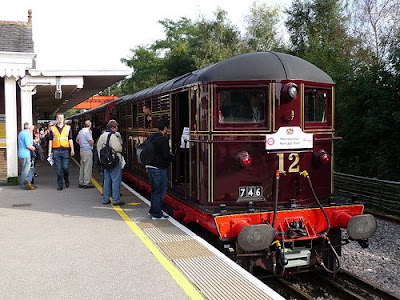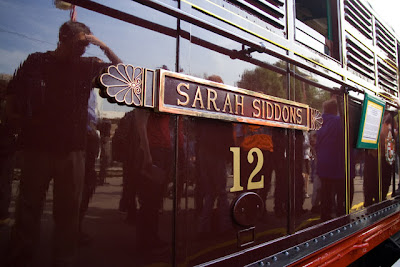
In a telling commentary on the pace of change in the modern world this year they will be celebrating the 70th anniversary of trans-Atlantic air travel in Foynes, Co. Limerick, Ireland. Ireland has a special place in this history as the “next parish” to America. In the late 1930s and early 1940s, Foynes served as the hub for the latest mode of air travel - flying boat - between the US and Europe. Every flying boat leaving or arriving in Europe came through Foynes, and by 1940, Foynes Airport was being visited by the glitterati of the day: Ernest Hemingway, Humphrey Bogart, Eleanor Roosevelt, Douglas Fairbanks, Sr.

Foynes Terminal building

Plotting the Atlantic air routes
Passengers disembarking a flying boat were obliged to endure a boat trip to get to the terminal and sometimes found themselves chilled to the bone in the cold, damp North Atlantic winter. While the flying boats were preparing for the next leg of the journey, passengers recouped at the airport; sometimes they even had to stay overnight during poor weather. So much for glamour. It soon became clear that a first-class restaurant showcasing the best of Irish cuisine was needed. By 1942, the restaurant was operating in full swing with Chef Joe Sheridan.
One chilly night, a flight departed Foynes with stops scheduled in Newfoundland and New York, but adverse weather prompted the captain to turn about and head back to Foynes - not an unusual event, but certainly unpleasant, as it meant another trip in the boat. The restaurant was alerted to have food and drink prepared as the passengers would likely be cold, wretched, and in need of cheer.
Joe Sheridan had coffee prepared and decided to put a little something in it to give the passengers a little kick to get them out of their cold slump - so he added a drop (or two) of Irish whiskey to the brew. A surprised American passenger is said to have asked, "Is this Brazilian coffee?" to which Joe replied, "No, that's Irish coffee!" From that day forward, Irish Coffee became known around the world as the official welcoming drink served at Foynes Airport.

Joe Sheridan
Radio Room

Boeing B314 flying boat replica
If you are heading to Adare in C. Limerick it is worth taking in a trip to Foynes on the Shannon Estuary to the Flying Boat Museum which is housed in the restored terminal building of the Trans Atlantic Flying Boat service which connected this sleepy port town to Botwood in Newfoundland and during the war years to Lisbon, Azores, Bermuda and New York.
Foynes, Ireland, became the center of the aviation world from 1939 to 1945. On July 9th 1939, Pan Am's luxury Flying Boat, the "Yankee Clipper" landed at Foynes.

Dining on the Yankee Clipper
During this period, many famous politicians, international businessmen, film stars, active-service-men and wartime refugees passed through Foynes. The site was initially surveyed in 1933 by Colonel Charles Lindbergh and his wife Ann, who landed in Galway Bay flying his Lockheed Sirius. On 21 November 1935 a survey party set out for the West of Ireland and surveyed sites as far north as Athlone and south to Askeaton. Among the sites for a seaplane base which were considered were: the Shannon just below Limerick, Lough Derg, Lough Corrib, Tralee Bay, Kenmare Bay, Lough Ree and Valentia. But it was Foynes, near the mouth of the Fergus River which was finally selected. Its good sheltered anchorage and its proximity to long open stretches of water convinced the surveyors Foynes was the best choice.


The era of the flying boats was colorful but brief. In 1945, hundreds of people watched as Captain Blair piloted the last American Export flying boat out of Foynes to New York. Upon arrival, he turned around and piloted the first landplane, a DC-4, back to open the new airport at Rineanna, later to become Shannon International Airport.
This museum is a good quality and well run visitor attraction with the helpful and friendly staff wearing steward / stewardess uniforms and with a well run cafe serving beverages and snacks surrounded by flying boat memorabilia.
The high point for me was world's only full size Boeing B314 flying boat replica. The originals were all scrapped in 1952 but this faithful replica catches the atmosphere with 7 compartments,(including a honeymoon suite in the tail!) a kitchen and "upstairs" the cockpit and luggage hold. The fact that such large machines flew with the technology of the day is impressive, particularly when you see the rudimentary controls and navigation aids.

Boeing B314 Cockpit
Located at the west end of Foynes, the Flying Boat Museum is housed in the original old terminal building and showcases the Radio and Weather Room, complete with transmitters, receivers and Morse code equipment. The exhibits feature an introduction to the first transatlantic passenger service and Foynes during the war years.

Berths in Flying Boat Compartments
In 1942, Brendan O'Regan opened a restuarant and coffee shop in the Foynes terminal building and employed a Chef named Joe Sheridan. It was not long before Joe realised that the passengers coming to wait in the terminal in cold and rainy weather needed something to make the coffee a bit stronger. Thus, Irish Coffee was born.


The abandoned line to Foynes and station at Adare Co. Limerick
Other than the museum Foynes is a quiet and unassuming spot. It has a fine railway station and a now disused line from Limerick terminating in a large stone railway station. To me this would make an excellent visitor attraction if a preserved railway could be run from Limerick with the Flying Boat museum acting as a visitor venue at the line's end. With Glin Castle not far away this area is crying out for some imaginative tourist development to provide a "pit stop" on the journey from Limerick to Kerry.

Now for the recipe. Irish whiskey, not Scotch whisky, must be used. Irish whiskey is triple-distilled, giving it a smoother feel, and it is not as smoky as Scotch. But if you have a taste for Scotch, try Connemara Irish whiskey, which is the only peated Irish whiskey. The most common brand of whiskey used is Jameson, which is quite readily available but my own favourite is Tullamore Dew.
Ingredients.
As Oscar Wills Fingal O’Flaherty Wilde would describe them;
Cream as rich as an Irish brogue
Coffee as strong as a friendly hand
Sugar as sweet as the tongue of a rogue
Whiskey as smooth as the wit of the land
But as a bartender would describe them;
1 cupful of strong, hot, black coffee
1 tsp Demerara sugar
1 measure Irish whiskey (Yes, that’s whiskey with an “e”)
1 small carton fresh double cream
Method
1. Heat a stemmed whiskey goblet, put a metal spoon in it and pour enough of the coffee to fill it just over half way.
2. Pour in one jigger of Irish whiskey
3. Add one spoon of brown sugar. Fill with strong black coffee to within one inch of the brim
4. Stir to dissolve the sugar. Top off with whipped cream, slightly aerated, by pouring it over the back of a spoon, so that it floats.
Do not stir after adding the cream as the true flavour is obtained by drinking the hot coffee and Irish whiskey through the cream.

Now the important part of the method is that cream and the coffee stay entirely separate. If you put in the metal spoon first it distributes the heat evenly and stops the glass from breaking. You must stir in the sugar and dissolve it as this changes the consistency of the liquid and ensures the cream floats on top. Then your double cream must be whipped until just stiff. This way the coffee and cream don’t mix and the “effect” of Irish Coffee is achieved by drinking the coffee / whiskey mix through the cream. So you can see why spray creams etc; will NEVER do the job.
Imitation has been the sincerest form of flattery with Irish Coffee spawning a world of speciality liquor coffees but there is none to beat the original, well done. Also for the record Joe used Bewley’s Coffee and Paddy Power’s whiskey for his original coffee. Bewleys were a wonderful Quaker family firm of cafes in Dublin who used to roast the coffee beans in the front window for passer bys to see the spectacle. As a child I didn’t need directions to Bewley’s cafes you just followed the smell of the coffee vented into the street which gave them free sensory advertising!
My favourite Irish coffee story concerns a party of Irish diplomats, including the writer Conor Cruise O’Brien, whose flight back to Ireland was delayed in New York. They were taken to the VIP lounge where a waiter appeared and the following conversation ensued;
Waiter “Coffee, gentlemen?”
Cruise O’Brien “Only if it is like Ireland should be; Not just free but Gaelic also!”



